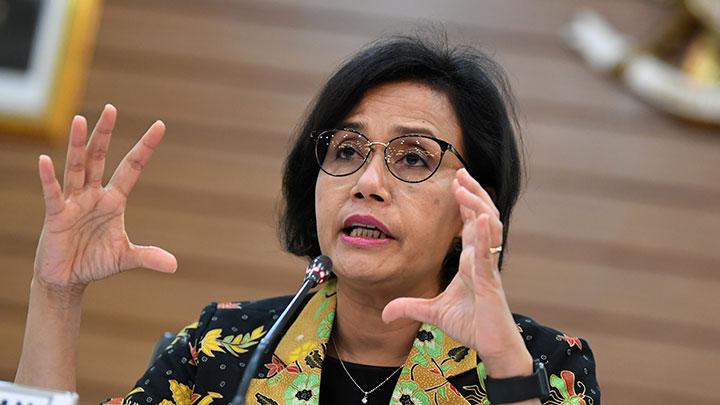As Indonesia prepares for 2025, the World Bank has projected a more cautious approach to public spending under Finance Minister Sri Mulyani Indrawati. Amid ongoing global economic challenges, Sri Mulyani is expected to adopt even tighter fiscal policies to navigate Indonesia’s financial landscape. This forecast has sparked discussions on how the government will balance its budget priorities while addressing national needs. Let’s dive deeper into the reasons behind this forecast and the potential implications for Indonesia’s economy.
1. Understanding the World Bank’s Forecast
The World Bank, a key international financial institution, has consistently monitored global economic trends and their impact on emerging economies like Indonesia. According to their latest analysis, they predict that Sri Mulyani will implement a more stringent approach to government spending in 2025. This projection is largely influenced by several factors, including the aftermath of global economic slowdowns and the need for Indonesia to maintain fiscal stability.
Sri Mulyani has long been known for her fiscal discipline, and this forecast suggests that she will continue prioritizing cost-effective strategies in managing Indonesia’s budget. By reducing unnecessary expenditures, the government aims to allocate resources more efficiently, ensuring the country’s economic resilience.
2. Why the Tightened Budget Makes Sense
Several reasons explain why Sri Mulyani is expected to pursue more stringent spending policies. First, the global economic environment remains uncertain, with inflationary pressures, fluctuating trade balances, and geopolitical tensions. As a result, the Indonesian government faces external challenges that make balancing its budget more difficult. By tightening the purse strings, Sri Mulyani hopes to cushion the country from potential financial shocks.
Furthermore, Indonesia’s long-term debt obligations require careful management. As part of a broader strategy, Sri Mulyani’s approach ensures that the government avoids overspending, which could lead to unsustainable debt levels. Through this approach, she also aims to keep inflation under control and maintain investor confidence in the country’s economy.
3. Impacts on Public Services and Infrastructure
While the goal of reducing spending may help stabilize the national economy, it could have some short-term impacts on public services and infrastructure projects. One of the main areas affected might be social programs or infrastructural developments, where budget cuts could delay projects or reduce funding for essential services.
However, Sri Mulyani has shown a remarkable ability to balance fiscal prudence with public welfare. The government is likely to prioritize key initiatives, such as health, education, and infrastructure, while cutting back on less urgent expenditures. This targeted approach aims to minimize any adverse effects on the population while maintaining a strong economic foundation.
4. Government’s Strategy to Mitigate Risks
To manage the tightened budget effectively, Sri Mulyani’s team is expected to implement several strategies. First, they will likely continue focusing on optimizing government spending by reducing waste and increasing efficiency. This might include greater transparency and accountability in procurement processes and ensuring that government projects deliver maximum value for money.
Another critical strategy is boosting non-tax revenues. For instance, the government may focus on enhancing state-owned enterprises’ contributions or expanding its digital economy sector, which can generate additional income without putting excessive pressure on the general public. By diversifying revenue sources, Indonesia aims to reduce its reliance on volatile global markets.
5. What Does This Mean for Indonesia’s Future?
Sri Mulyani’s forecasted fiscal strategy is one of caution and prudence. By keeping a tight rein on government spending, she seeks to fortify Indonesia’s economy against unpredictable external factors. While the reduced spending could potentially affect certain sectors, the long-term benefits include a more resilient economy that is better positioned to handle future crises.
In conclusion, the World Bank’s forecast for tighter public spending under Sri Mulyani’s leadership in 2025 suggests a calculated approach to fiscal management. While the potential for short-term challenges exists, the strategy aims to ensure Indonesia’s economic stability in the long run. As the country moves into the future, it will be crucial to monitor how these fiscal policies unfold and their impact on Indonesia’s growth trajectory.








